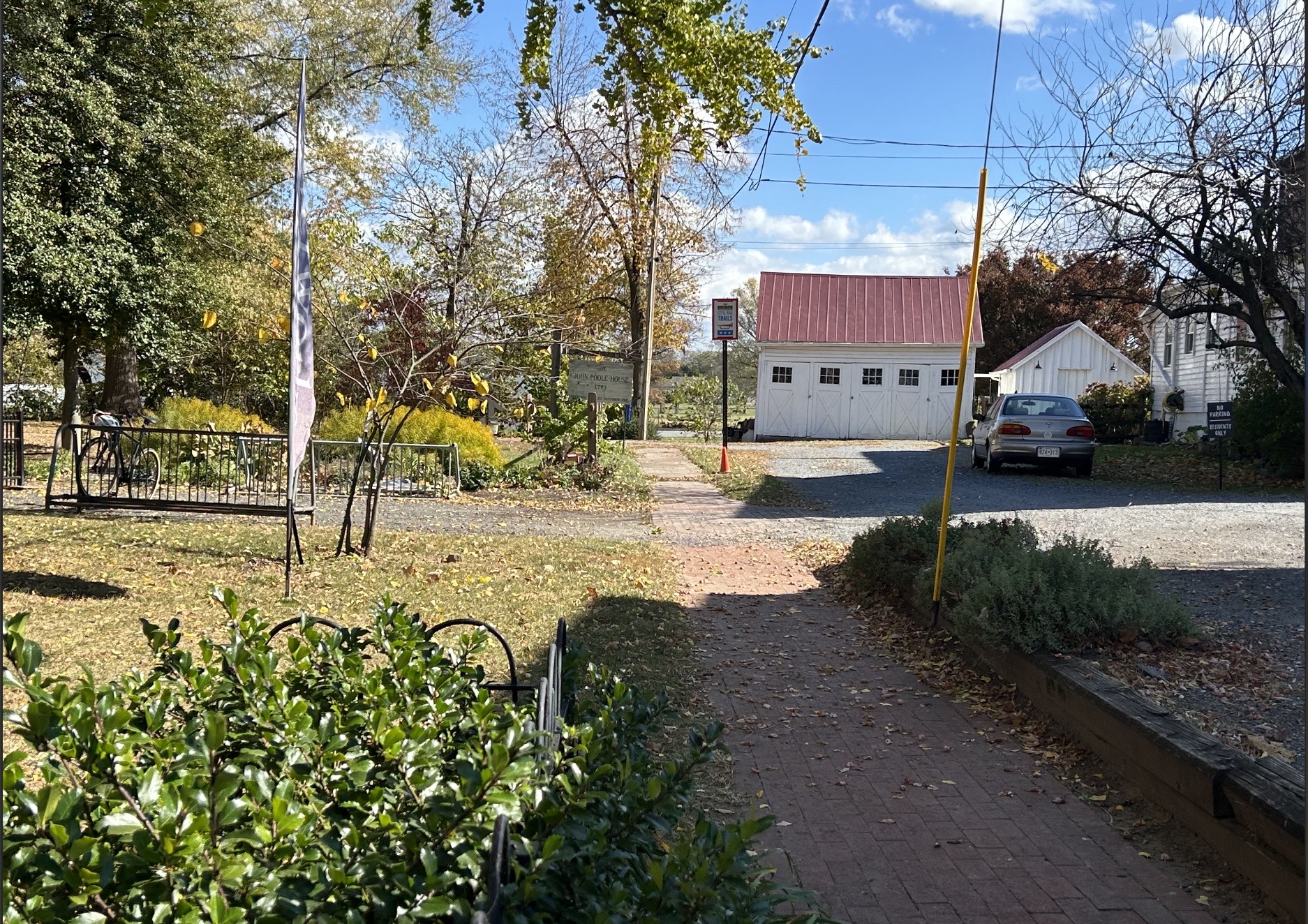A Maryland solar company is pushing to build two big new solar projects in Montgomery County, but local politics could complicate this process.
The project is dividing local activists about how to effectively deal with climate change. Some believe the solar project is the best way to offset greenhouse gas emissions.
Others are more focused on preserving farmland for agricultural purposes they say may be necessitated by global warming.
“We’re nowhere near on track of reducing emissions,” said Mike Tidwell, executive director of Chesapeake Climate Action Network, who supports the solar expansion.
Back in 2021, the county passed the Climate Action Plan with the goal of reducing emissions completely by 2035. Many residents support solar power as a possible solution.
But now, there’s a controversial project on the horizon. Chaberton Energy, a locally based solar company, applied to build two solar projects on land currently designated by the county as an agricultural reserve.
Since the proposed projects would be over two megawatts of solar capacity, Chaberton Energy’s application is under the jurisdiction of the Maryland Public Service Commission, not the county.
But the PSC still considers local zoning ordinances, which include restrictions on building solar farms on type two soil — a soil used for growing produce and what Chabeton hopes to build part of their project upon.
Activist Caroline Taylor says there are currently other renewable energy projects in the reserve following the zoning ordinances and doesn’t support the ones proposed by Chaberton — which could risk the preservation of protected farmland.
“We don’t feel that it should step all over the very purpose of the zone, which is agricultural preservation,” said Taylor, executive director of the Montgomery Countryside Alliance.
According to its website, the group originally formed to oppose a bridge project around the protected area and has since expanded to “represent the Reserve’s interest more extensively.”
One side backs the Chaberton project
For Tidwell, whose group actively fights climate change, the county’s restrictions make it “almost impossible to build utility-based solar.” This prevents communities in the county from accessing affordable solar energy, he says.
Chaberton hopes to have approval to build by spring of next year. According to Vice President of Development John Miller, the proposed community solar projects — named Project’s Sugarloaf and Ramiere — offer “significant climate and economic benefits.”
“These projects offset 8,500 metric tons of CO2 per year,” said Miller. “This is the amount of carbon dioxide that 10,000 acres of forest can capture and sequester per year.” The proposed project would take up a “very small” percentage of the 93,000 acre reserve, he says.
This would provide a subscription service known as “community solar,” owned not by individuals with solar panels on their own property, but rather as a utility available to and shared by the larger community.
Miller emphasized that community solar will reduce Maryland’s electricity deficit, decrease utility costs for interested residents and increase the “energy independence of the state.”
Others question the long term effects of the plan
Taylor believes that the reality of climate change and growing loss of farmland nationwide demands the further preservation of open space and protected soils.
She argues that the effects of climate change mean the reserve and its farmland will have a larger responsibility to produce food — growing in need as other parts of the country continue to experience increased temperatures and natural disasters.
“Will we be able to do it if we’re not sticking to our commitment to be parochial here in Montgomery County, to protect the one area that was set aside in 1980 to continue to produce our food and fiber?” she said. “And that’s in type-two soils.”
Taylor, the alliance and other supporters hope the PSC will “give deference” to the zoning ordinance — and that the reserve can continue operating alongside solar projects adhering to the zoning ordinance while keeping land open for prospective, local farmers.
“The price of land to lease or buy here goes through the roof, and all of those new producers, and especially the diverse new producers, are suddenly shut out of the game,” Taylor said.

